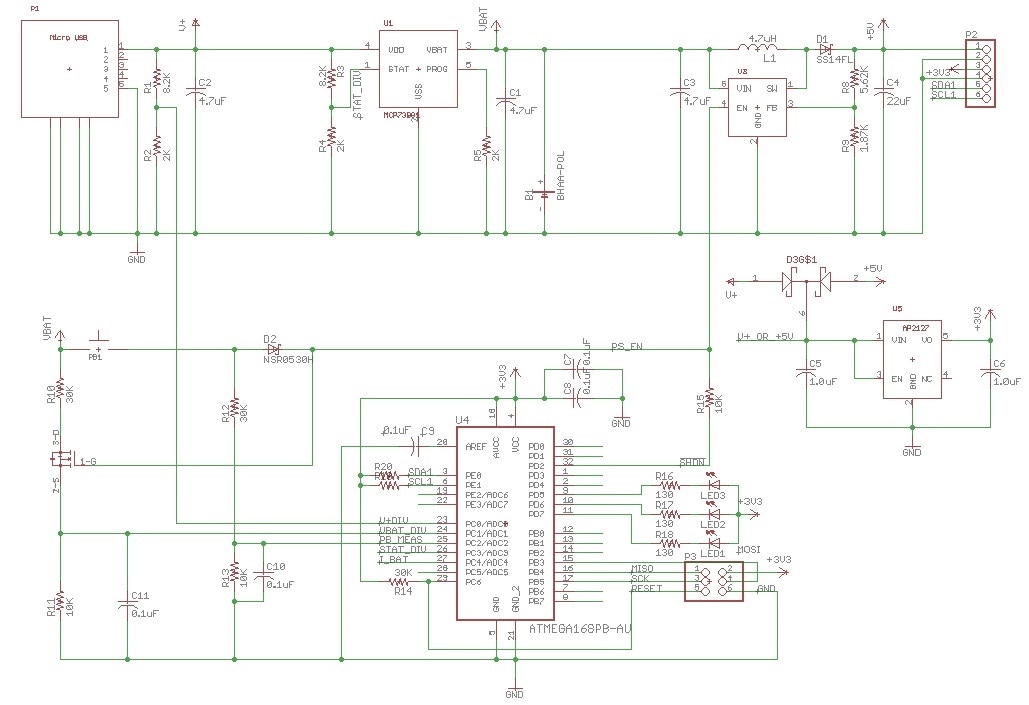Hi!
For a project I'm working on, I want to turn it on and off using only a single button, but in such a way that when you press it turns ON, but for you to turn OFF the device, you need to hold it for a longer period, let's say 5 seconds for example. I was just wondering if you have any circuit ideas that you would like to propose. I've been looking online already of course, and have found one circuit that I will be trying, it's on this link:
Fig6
So my list of requirements for it would be:
- Press ON
- Hold OFF
- (Almost) No power draw when OFF since my idea is for it to be battery-powered
- I would love to read the state of the button with a microcontroller, but the microcontroller can't be used for the latching part, I'm already stretching the MCU thin, and I would need to add an IO expander which I would rather not do at the moment.
Thanks for any tips that you have!
Milos

